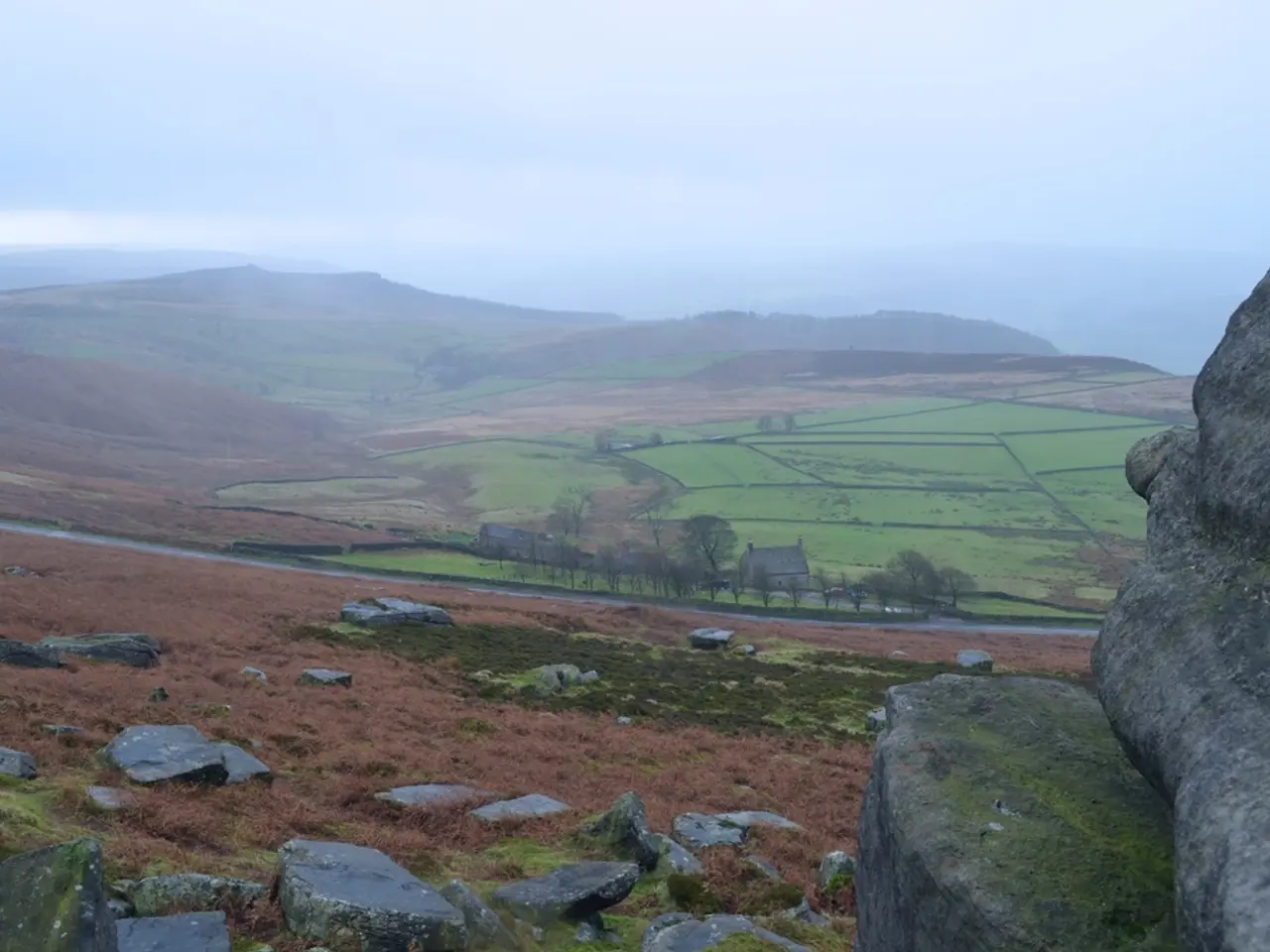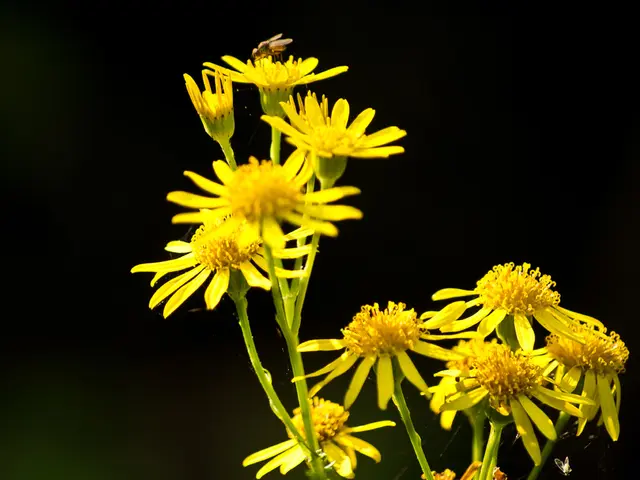Spiti Valley Named India's First Cold Desert UNESCO Biosphere Reserve
Spiti Valley, nestled in Himachal Pradesh, has made history as India's first Cold Desert Biosphere Reserve, earning recognition under UNESCO's Man and the Biosphere (MAB) Programme. This prestigious honour opens doors for international collaboration and promotes responsible eco-tourism in the region.
Spiti Valley, a haven for over 655 herbs, 41 shrubs, 17 tree species, and wildlife like snow leopards, Tibetan wolves, and Himalayan ibex, stretches across 7,770 sq km in the Lahaul-Spiti district. The reserve encompasses Pin Valley National Park, Kibber Wildlife Sanctuary, Chandratal Wetland, and Sarchu Plains, divided into a core zone, buffer zone, and transition zone.
Home to around 12,000 inhabitants practicing agro-pastoral traditions, Spiti Valley joins India's 12 other biosphere reserves, protecting nearly five percent of the planet's surface. This global push saw UNESCO announce 26 new biosphere reserves across 21 countries this year.
Spiti Valley's recognition as a UNESCO biosphere reserve is a testament to its unique ecosystem and cultural heritage. The Himachal Pradesh government remains committed to preserving the valley, with this honour encouraging international research collaborations and sustainable eco-tourism.






